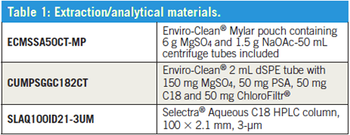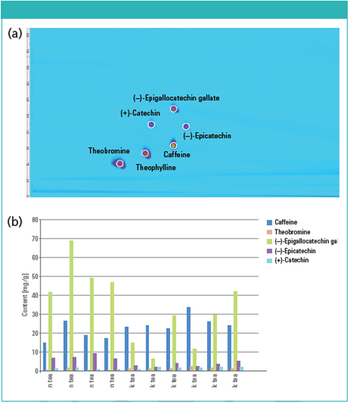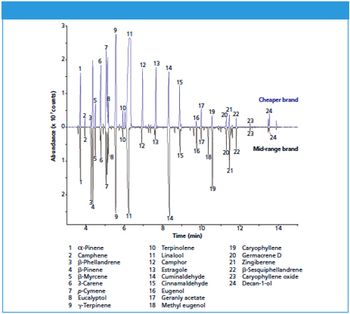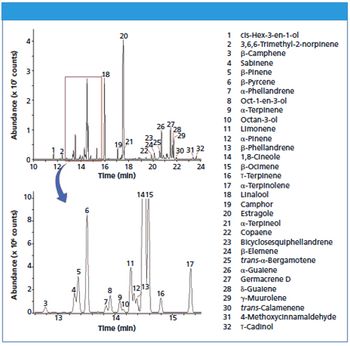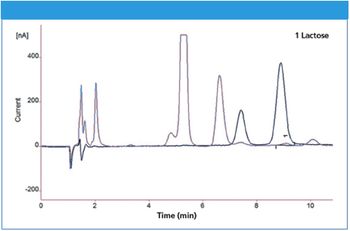
The Application Notebook
Generally speaking, chromate - Cr(VI) - is classified as allergenic, carcinogenic, and extremely toxic and is subject to strict monitoring. Cr(VI) can occur in various concentrations in different areas, for example, drinking water, toys, or textile and leather products. Metrohm has developed ion chromatographic determination methods for determining Cr(VI) in various concentration ranges (ng/L to mg/L) with inline sample preparation techniques for various matrices. The method can be almost entirely automated. In the following application note, we present the analysis of hexavalent chromium in toys, leather, and drinking water.

